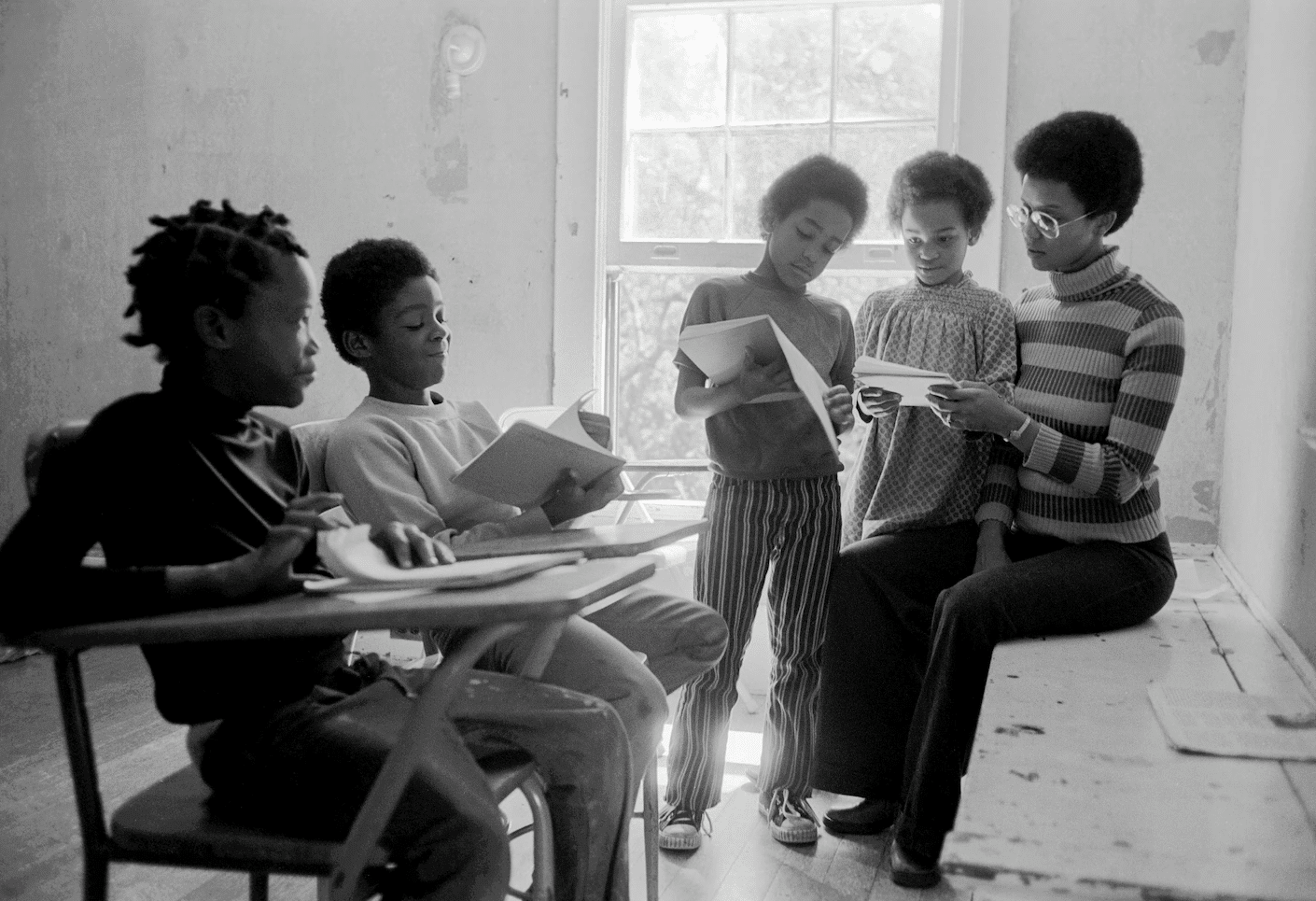Building on the 2016 Black Lives Matter day of action in Seattle, next week, February 5-10, educators across the country will take part in “Black Lives Matter at School Week.” From Seattle to Washington D.C., from Philadelphia to Los Angeles, thousands of educators across the country will host events, wear Black Lives Matter t-shirts, and teach curriculum about racism and Black history.
For New York City art teacher Caryn Davidson, “This week of action is a model for the anti-racist work that should be happening throughout the year within schools, whereby historically marginalized histories and voices are presented in ways that restructure our thinking and our engagement with each other.”
While Trump spews vile, racist comments about Africa, Haiti and El Salvador, educators are organizing to support Black students and build an anti-racist movement. The demands of the Black Lives Matter Week of Action are to end zero tolerance discipline policies and implement restorative justice, to hire more Black teachers, and to mandate Black history and ethnic studies throughout K-12 curriculum.
The Zinn Education Project supports these demands and encourages teachers across the country to join the Black Lives Matter Week of Action. As the editors of Rethinking Schools wrote this fall, “Michael Brown, Philando Castile, and Charleena Lyles were all victims of police violence — but they were also public school students, workers, and parents. If schools are ever to be truly ‘safe spaces,’ we will need to build our capacity to defend each other. Whether from police, white supremacists, ICE agents, or climate disaster, this will require social justice work inside and outside the classroom.”
This February, educators are pushing back at an education system that too often devalues Black lives. Let’s support them.

Rethinking Schools has compiled free resources from their archives and the forthcoming book, Teaching for Black Lives, that teachers can use with students. Also articles that teachers can use to think about their own pedagogy and strategies to make Black students’ lives matter. Learn more.








Twitter
Google plus
LinkedIn